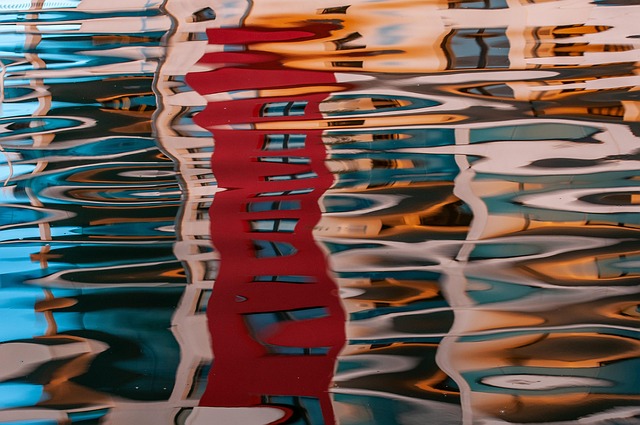In the world of photography, capturing a moment in time involves more than just a click of a button; it requires an understanding of the intricate relationship between light and optics. Among the myriad factors that can influence an image, distortion stands out as a compelling phenomenon that can significantly alter how we perceive a photograph. As photographers, we navigate the delicate balance between creative expression and the technical aspects of camera optics.
Distortion occurs when the lenses we use manipulate the image in ways that may not accurately represent reality. It can manifest in various forms, such as barrel distortion, where the edges of the image bow outward, or pincushion distortion, where they bend inward. Each type brings with it a distinct emotional response. Barrel distortion might imbue a sense of whimsy to a sweeping landscape, while pincushion distortion could lend a feeling of constriction to an otherwise expansive scene.
The lens you choose plays a pivotal role in how distortion impacts your photographs. Wide-angle lenses often introduce more pronounced distortion, making them both challenging and thrilling to work with. They can exaggerate foreground elements, creating a sense of depth and dimension. This might be ideal for emphasizing subjects that draw the viewer’s eye, such as a towering mountain against a vast sky. On the other hand, telephoto lenses may compress the space between objects, minimizing distortion but also altering the perceived proportions of the scene.
Understanding the effects of distortion is essential for photographers who wish to harness its potential. By intentionally using distortion, one can evoke specific feelings or highlight certain elements within a composition. For instance, if you’re trying to capture the grandeur of an architectural marvel, slight barrel distortion can heighten the viewer’s interest, drawing them into the photograph as if they were part of the scene themselves.
Lighting also plays a crucial role in how distortion is perceived. The quality of light can enhance or mitigate the effects of distortion within a shot. Soft, diffuse lighting can smooth out imperfections, allowing the viewer to focus on the subject rather than the distortion itself. Conversely, harsh light can create stark contrasts, emphasizing the unique shapes carved out by optical quirks.
In the dance between light and optics, distortion becomes not just a flaw, but a tool for storytelling. It challenges photographers to embrace experimental techniques, inviting them to explore the boundaries of their craft. As you pick up your camera, consider how distortion can shape your vision, transporting viewers to a world of unexpected beauty and intrigue.
Ultimately, the challenge lies in understanding how these optical distortions can influence the narrative of a photograph. Whether you seek to capture reality or bend it to your artistic will, recognizing the interplay of light and optics will elevate your photography to new heights. So venture forth, experiment with your lenses, and let distortion guide you on your creative journey.




